Accommodation and hospitality have been tasks of the monasteries for centuries. Thanks to their gardens, the surrounding agriculture, their wine cellars and breweries, this has been extremely useful for centuries. The requirement of lodging goes back to the Regula Benedicti. In this monastic order from the 6th century, written by Benedict of Nursia, the catering and accommodation of guests is also regulated. Of course, free meals have not been available for a long time, but even as a paying traveler, it is a great gift that many monasteries today are also commercial enterprises, making the extensive monastery grounds and impressive buildings accessible to everyone.
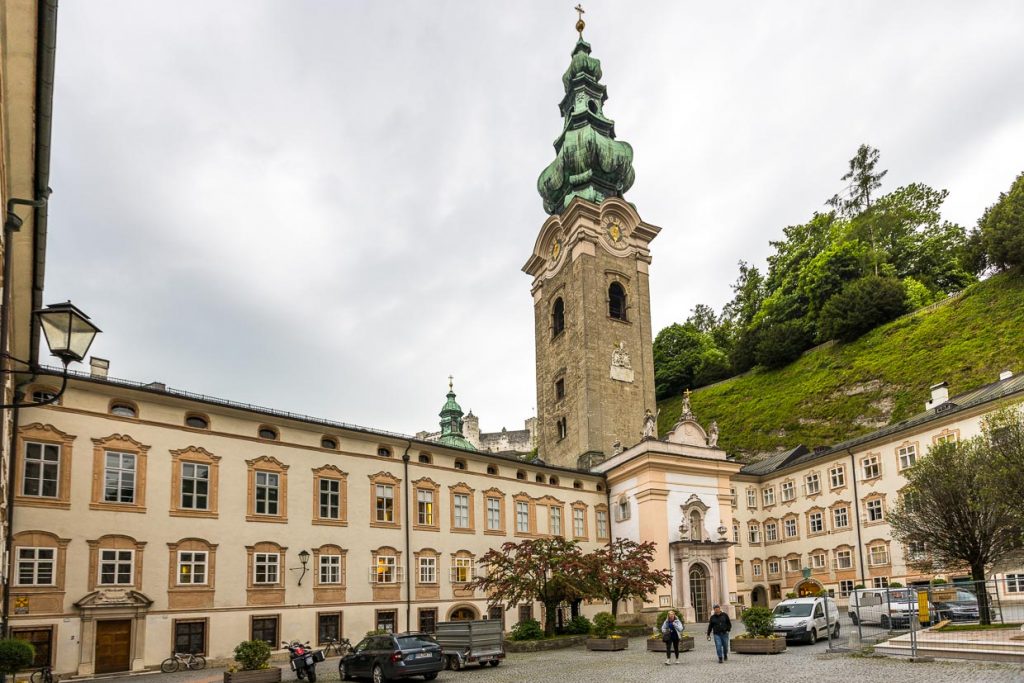
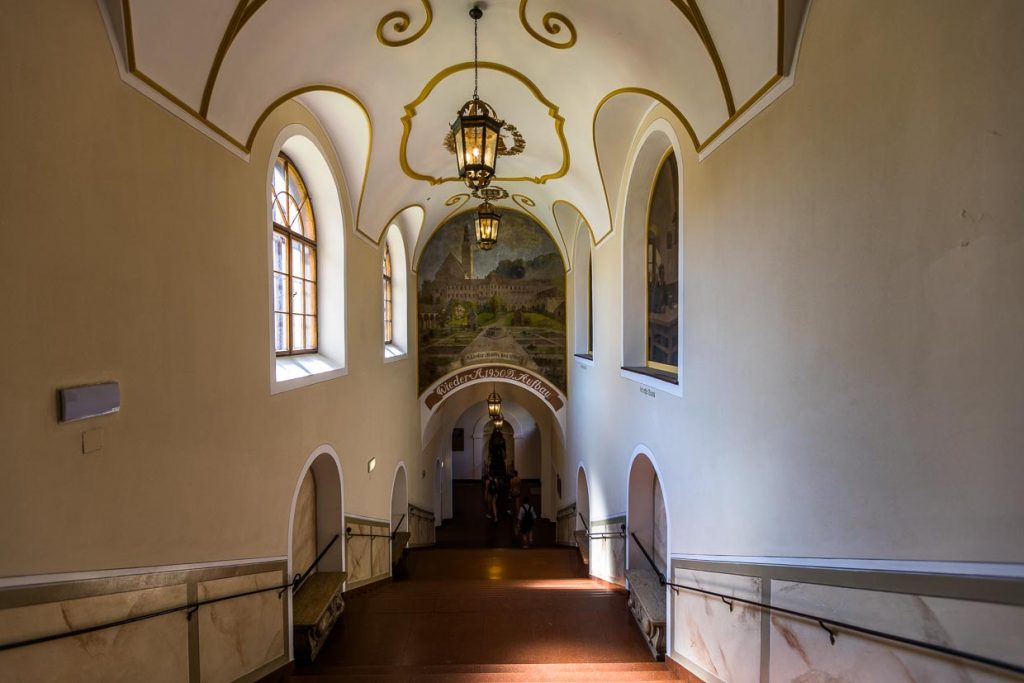
Trend and tradition
In Salzburg, you can visit two monastery worlds within the old town that could hardly be more different. The Augustiner Bräu in the Mülln monastery is consistently traditional with a regulars’ table culture and secret brewing recipe. The St. Peter Stiftskulinarium presents itself with a hip gastro concept and boho lounge behind thousand-year-old walls.
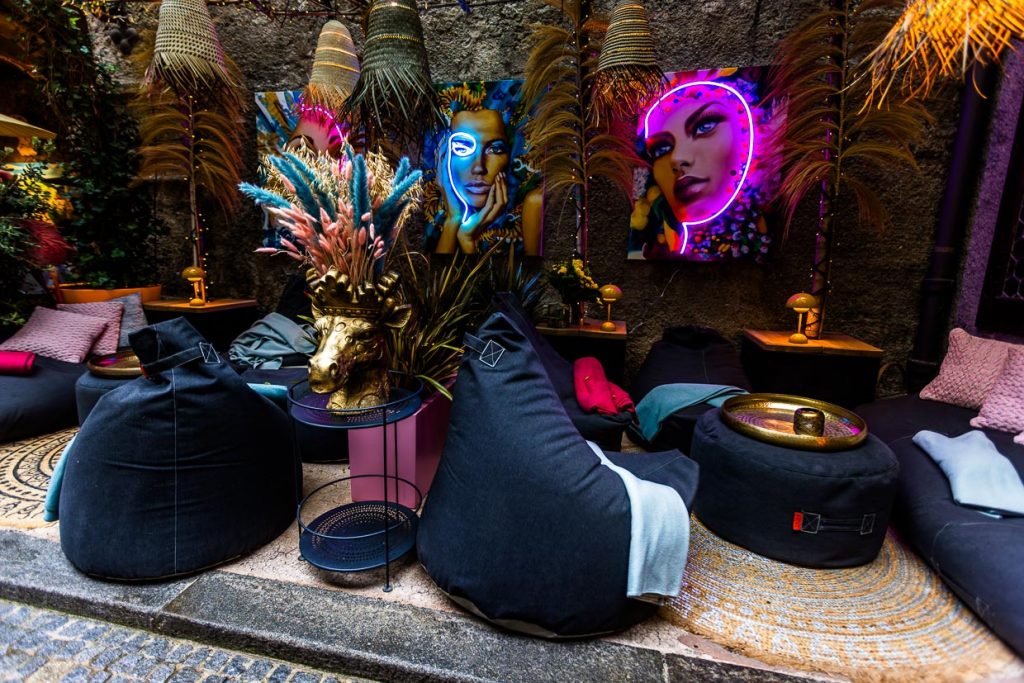
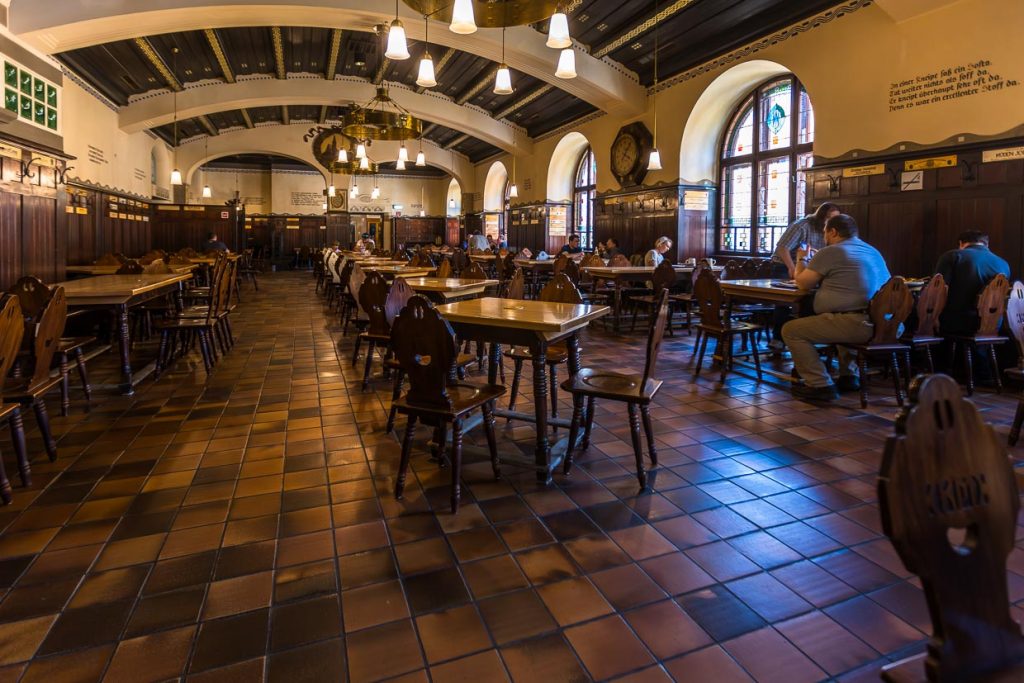
Augustiner Bräu in the Mülln Monastery
It is a true Salzburg institution and not to be confused with the Augustiner Bräu in Munich. What the people of Salzburg also affectionately call Müllner Braustübl is nothing less than the largest beer restaurant in Austria. Covering an area of more than 5,000 square meters, it has been home to a brewery and beer tavern since 1621, with five large rooms and three Stüberln. Open fermentation takes place in the 1912 brewhouse. 80 percent of the beer, from the year-round Märzenbier to the seasonal beers Fastenbier and Bockbier, is consumed on site.
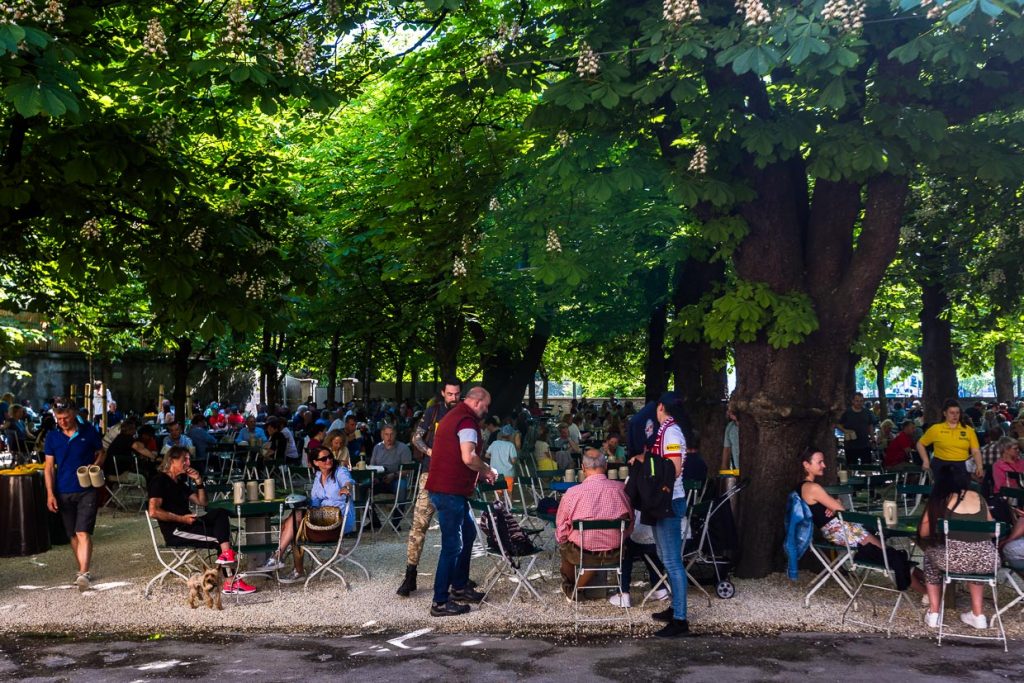
In the guest garden under partly gnarled old, partly newly planted chestnut trees, there are tables and chairs for over 1,000 guests. The beer flows from wooden barrels and is served in stone mugs. With these dimensions, the guests’ own initiative is required. Food has been available in the Schmankerlgang for over 100 years. The stalls of the local businesses are arranged as in a traditional market hall. When the garden is open, you can also enjoy classic pastries and hearty meat dishes there.
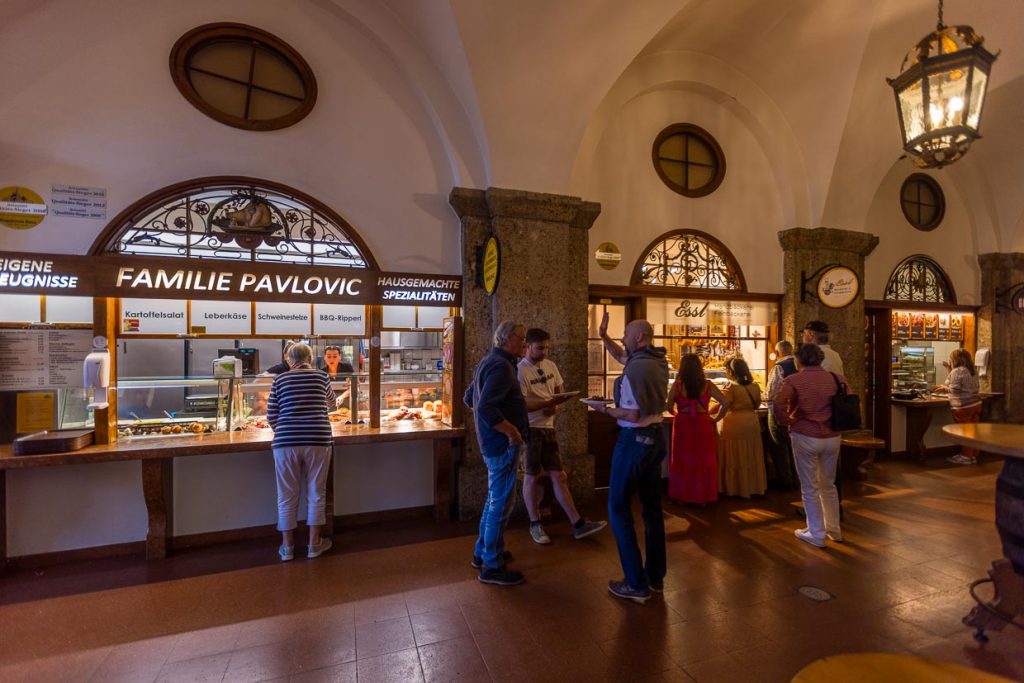
Beer is served in a particularly traditional way. After buying a beer voucher at the cash register, the guest grabs a beer mug from the shelf. In front of the beer dispenser is a large stone basin with brass-colored taps. Here, the beer mug can be rinsed again with fresh water or cooled by a long rinse before the Augustiner Märzen flows into the stone mug.
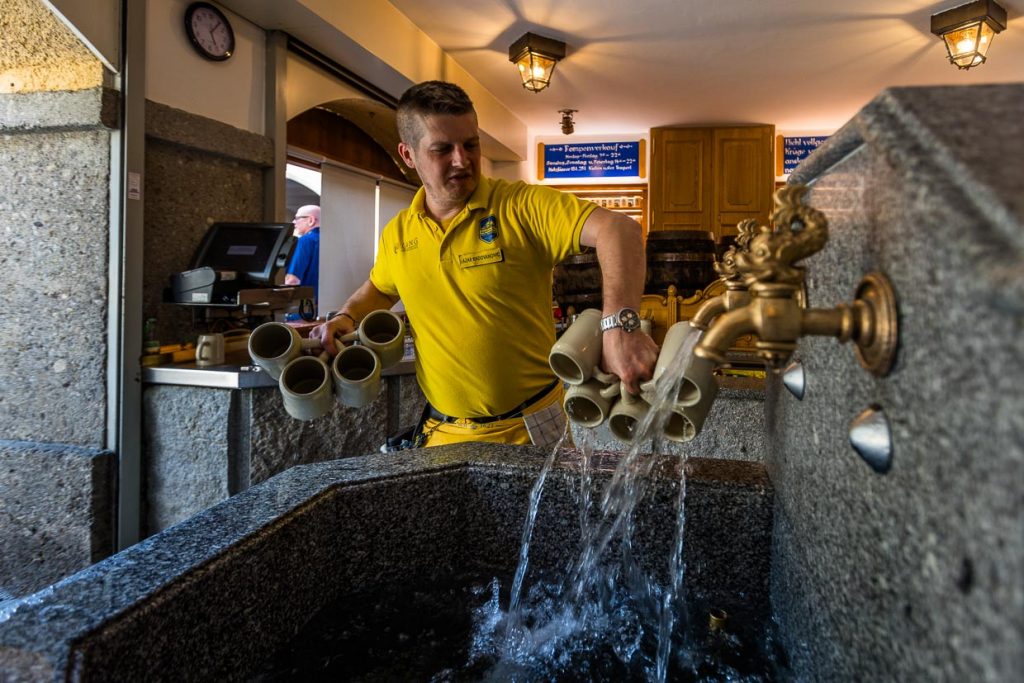
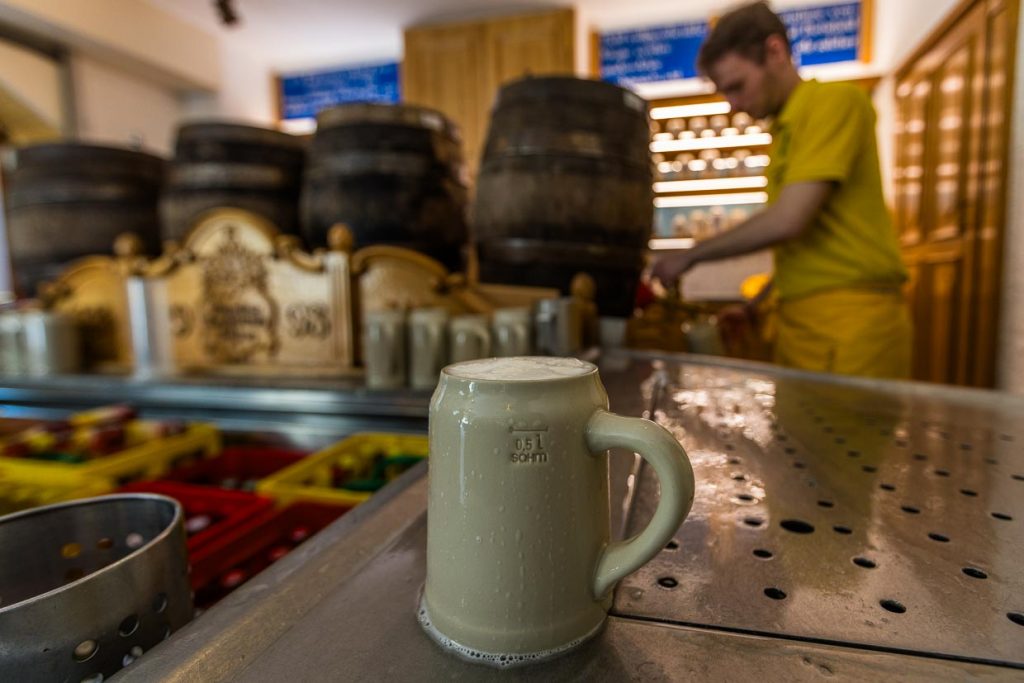
Regulars’ table in the Stüberl
The Augustiner Bräu is a meeting place. A regulars’ table here is a social gathering of at least eight people that meets at least once a month at a fixed time in the Bräustübl. A fixed place is then reserved for this group and a sign with the name of the Stammtisch indicates the group’s privilege to its place. Beer-loving inscriptions and word puzzles on the walls provide the best brewery ambience.
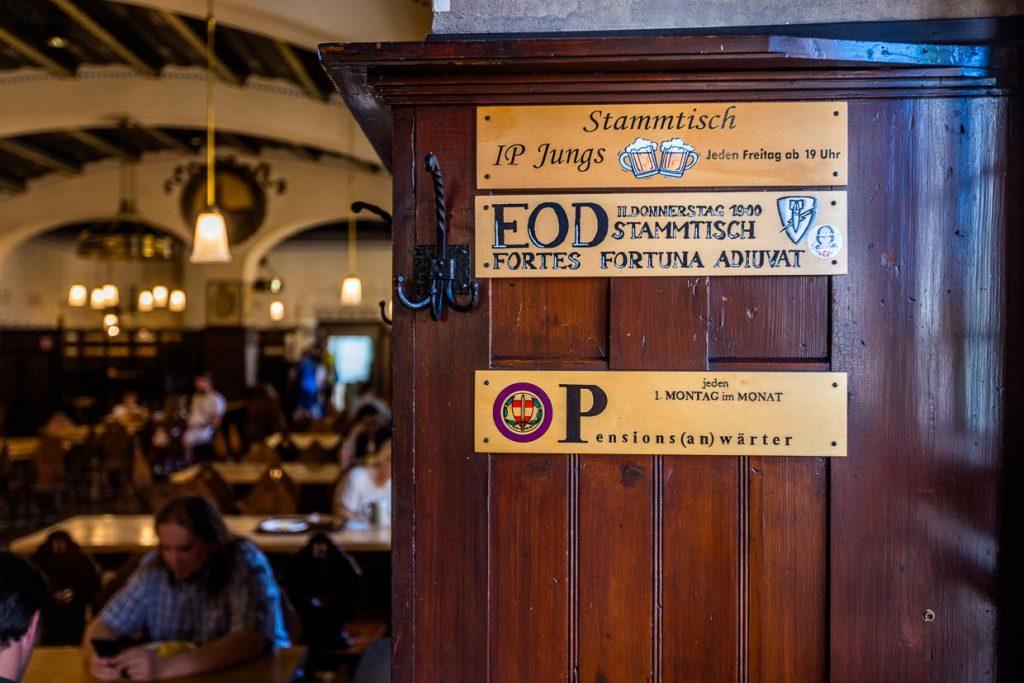
Feather boa and fine dining
The Stiftskulinarum is located in the middle of Salzburg’s old town in the monastery complex of the Benedictine Archabbey of St. Peter. The entrance is somewhat inconspicuous, only two pink flower tubs hint at the fact that behind the old walls hides the not-so-fancy, because by now global boho style. But besides the outdoor lounge à la bohème with feathers, furs and accessories as if from distant journeys, there are also rooms that worthily reflect the old charm and the long history of this place.
The first documented mention of the St. Peter monastery cellar dates back to 803. In the 11th century, the monastery focused on the wine trade, as Leopold VI, Duke of Austria, took the monastery of St. Peter under his protection and allowed the export of wine from Austria. Two rock cellars and an extensive wine list with 700 wines still bear witness to the importance of viticulture and wine trade for the monastery.
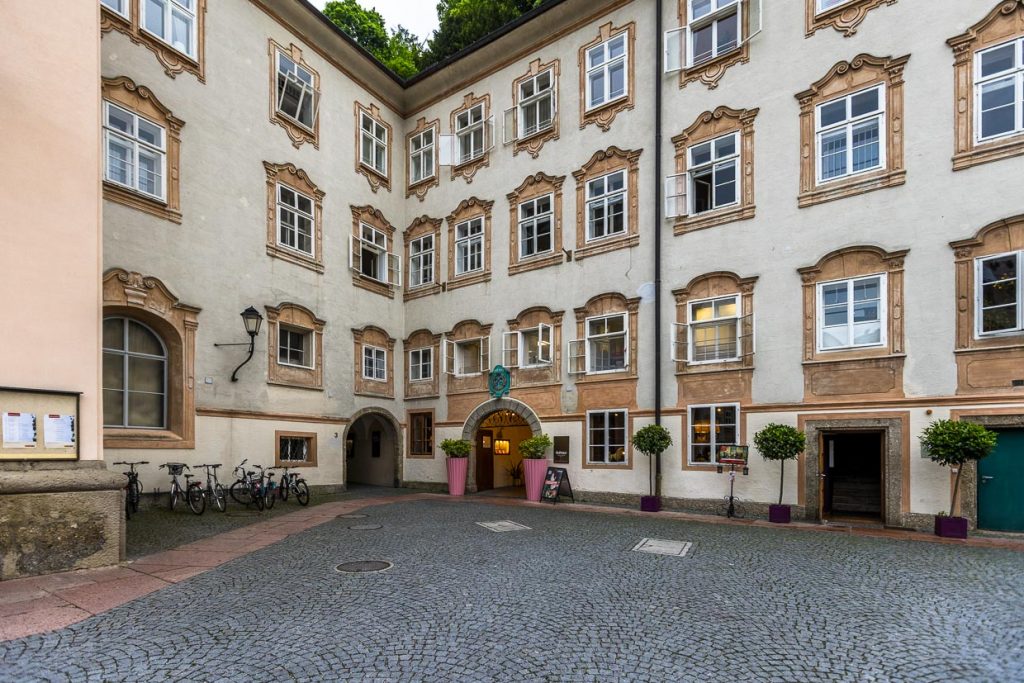
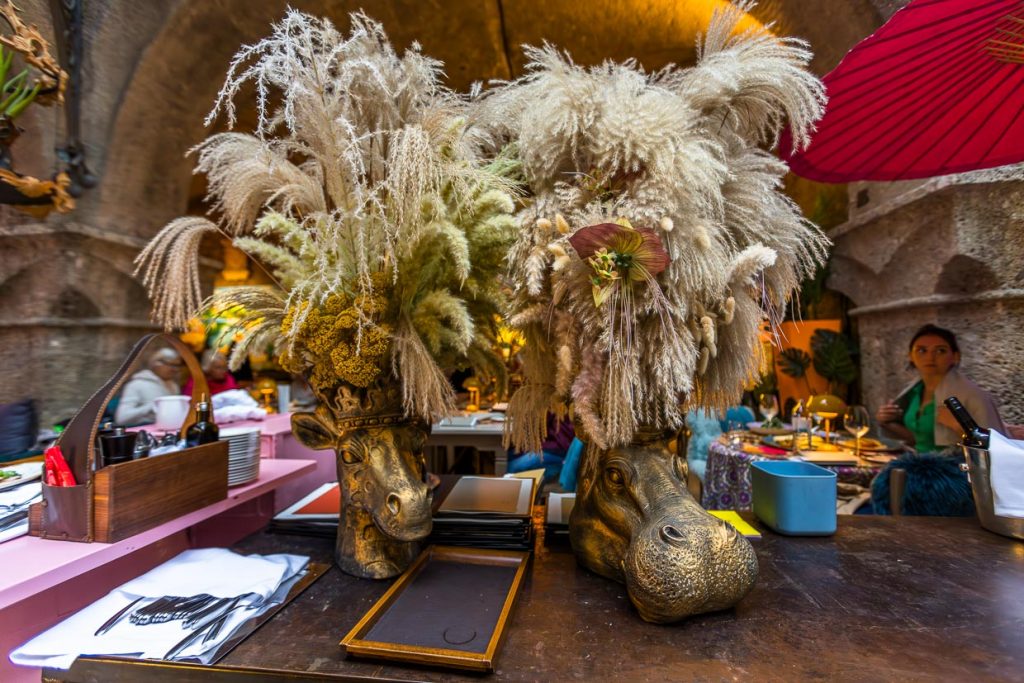
St. Peter Stiftskulinarium calls itself the oldest restaurant in Europe. The monastery of St. Peter has long leased out part of its premises. Today, 640 guests can be entertained in a total of 11 rooms. With a toque restaurant and a first-class wine cellar, the Stiftskulinarium is a place for special occasions, for festival guests and an international audience. But Austrian classics such as Wiener Schnitzel, Tafelspitz and Salzburger Nockerln are also served at Restaurant Peter.
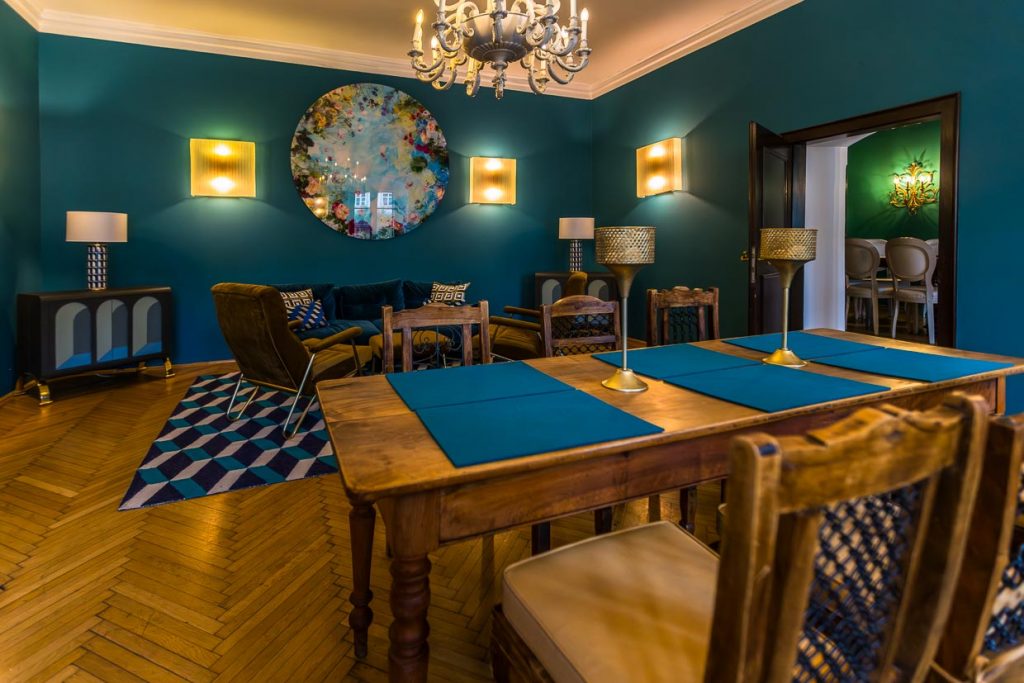
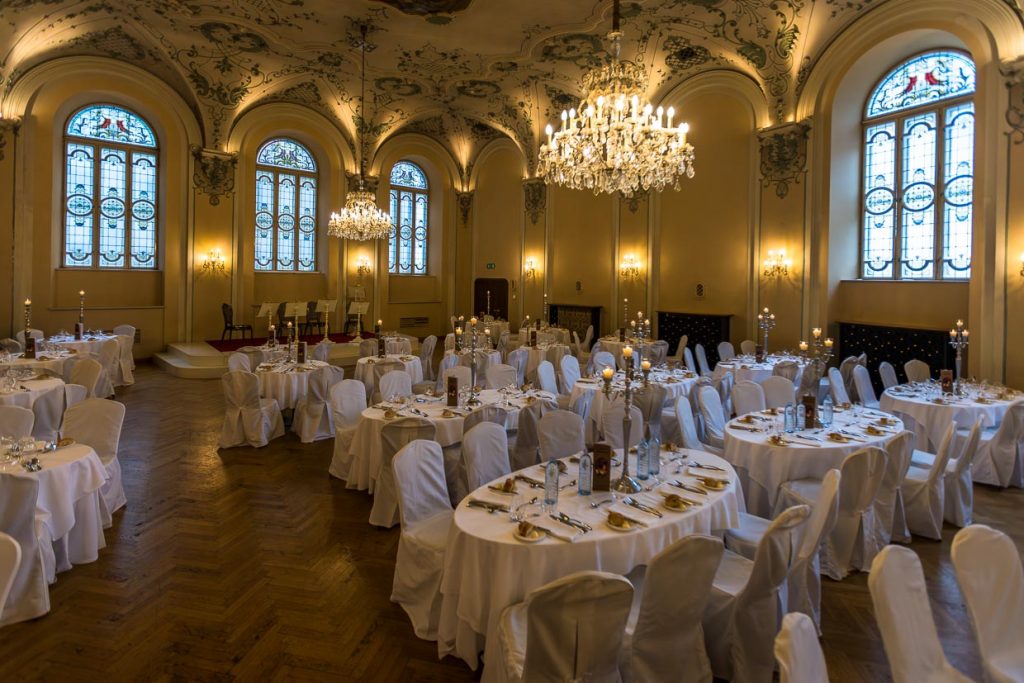
In the Baroque Hall, several times a week, the Mozart Dinner in the St. Peter Collegiate Culiary, very popular with tourists, takes place, which always ends with the dessert classic Salzburger Nockerln. More about these and other specialties in the report Sweet Salzburg. The article City Walk with Mozart reveals the traces Mozart left behind in his hometown of Salzburg. The tap at the Augustiner Bräu and a cool Märzen under old chestnut trees or in the historic Stockhammer Hall should also be included on a tour of Salzburg.
The research trip was supported by Salzburg Tourism

